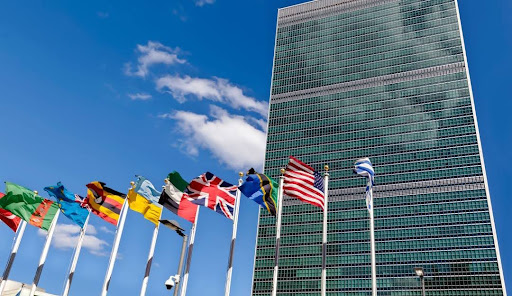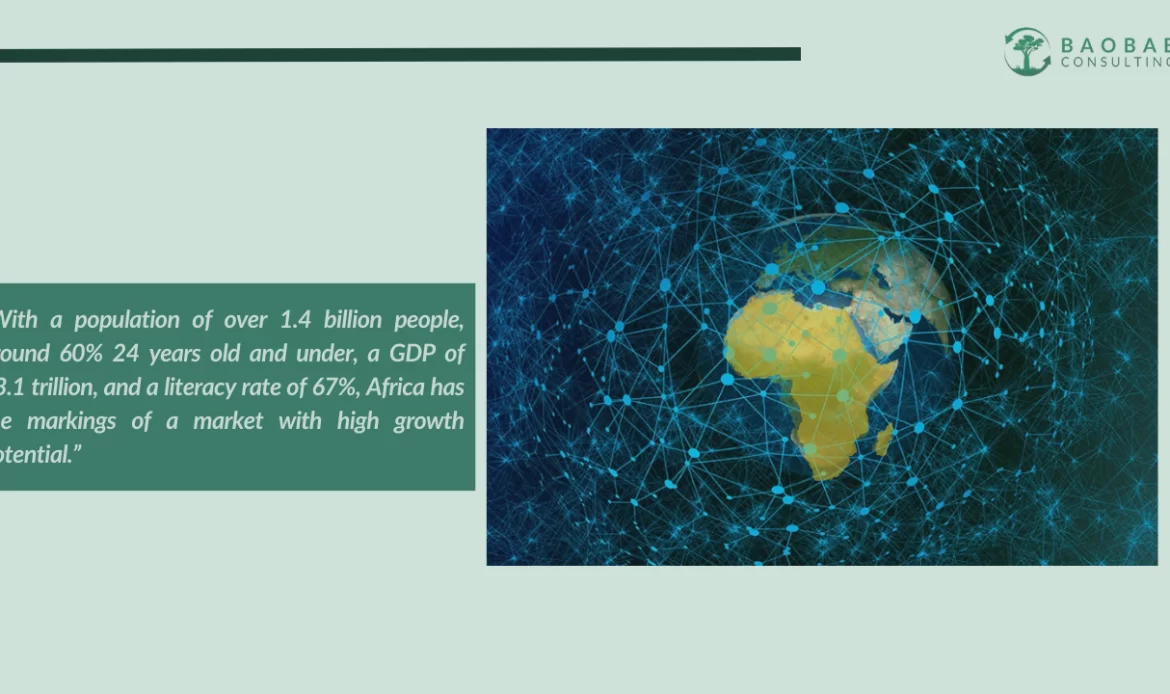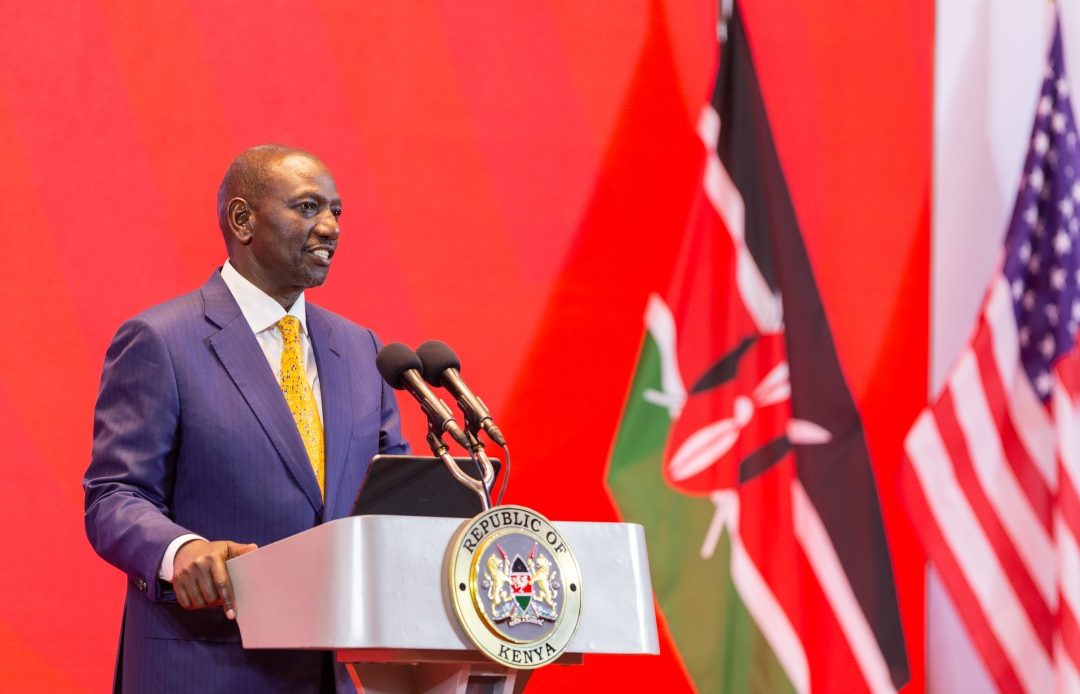By: Tony Muchai
Branding: An Ancient and Modern Practice
Branding has the power to transform the world; in fact, it already has. The origin of modern-day branding as noted in Creating a Brand Identity (Slade-Brooking 2016) dates back to the Middle Ages. Livestock keepers in Sweden burned distinct symbols into the flesh of their animals to signify ownership. Further back in history, ancient Egyptian civilizations used a sophisticated visual communication system known as hieroglyphs to convey ideas. These elaborate pictographs could tell stories and contextualize them.
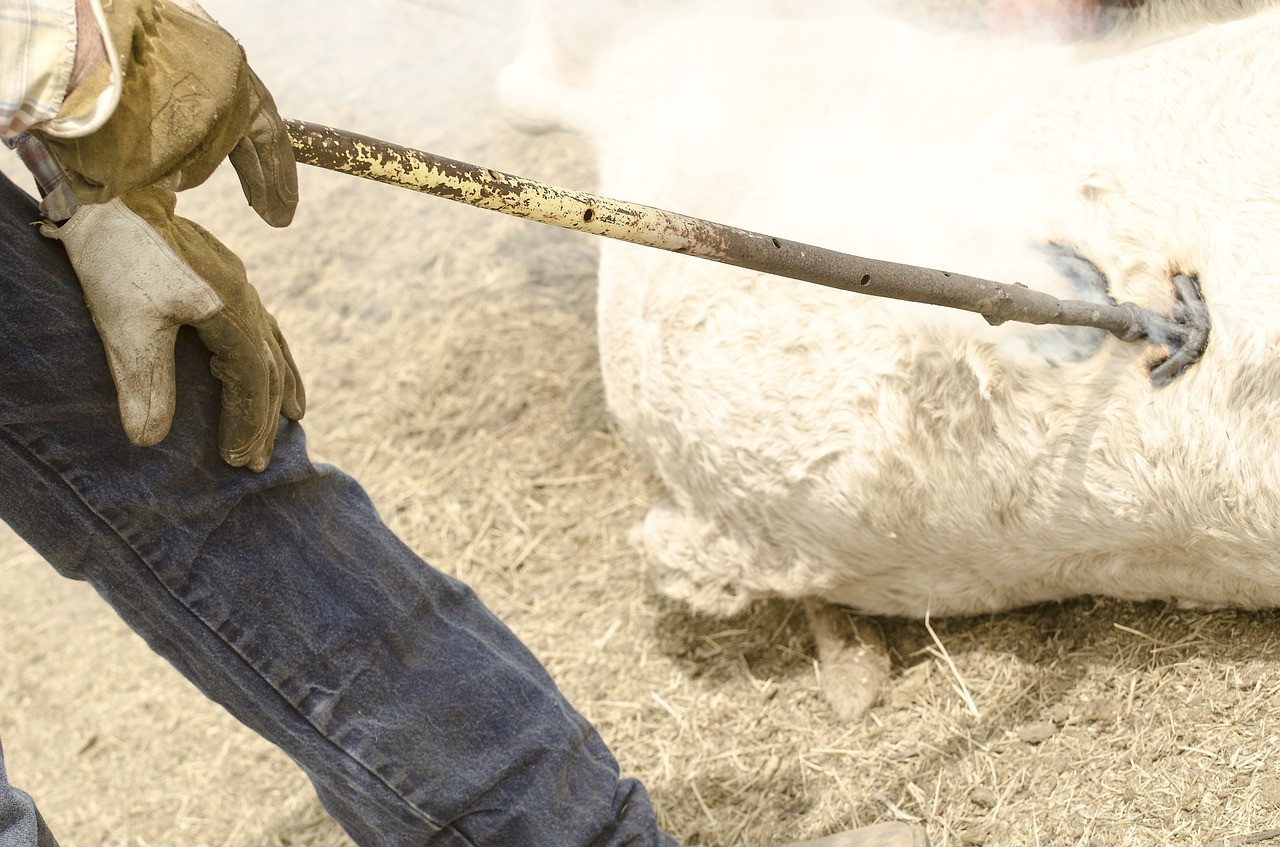
Cattle branding
“Writing is the visual counterpart of speech.” (Meggs 2006). Marks, letters, symbols, and pictures play a critical role in how we understand the world and represent ourselves. Your biggest business asset in the era of digital communications is your brand. Your brand is a function of how you present yourself/your organization and how people perceive you/ your organization. Stick around and I’ll show you how to build a brand with which your employees and customers will identify and cherish.
The Psychology of Branding
They say first impressions are lasting. Human beings like to make quick evaluations about others based on our initial observations. We place people, organizations, companies, etc. in a mental category based on others who exhibit similar characteristics. These “mental models” allow the human brain to distill all of the information and stimuli it processes at a given moment, so it can save intentional, effortful thought for the hard stuff.
Imagine the following scenario. Two men walk into a room. One is wearing a custom-fitted dark suit, black dress shoes, a white-collared shirt, and a purple necktie. The other, a pair of blue denim overalls, a black t-shirt, brown boots, and a baseball cap. Our brain will automatically place the two men into the categories we think they fit in based on previous associations with other people dressed similarly. We may place the first man with a suit in the business world. On the other hand, we may assume the second person does manual labor, such as car mechanic work. While we know, thoughtfully, that both humans are valuable contributors to society, our brain may associate the former with more worth, intelligence, and competence than the latter.
It takes only 7 seconds for our brain to settle on a first and lasting impression of other humans. And for brands? 2 seconds! That’s how much time you have when it comes to people choosing your brand or not. Here’s how you can maximize the power of those two seconds.
How to Build Your Brand
- Celebrate key milestones
In the movie Inception (2010), (spoiler alert). Leonardo DiCaprio’s character is a professional dreamer who is gifted with the ability to enter into the dreams of others and plant the seedlings of ideas in their minds. Once the ideas take root in the sphere of dreams, they carry on in real life and are harvested in reality through the decisions a person makes. Like in the film, your brand should create a positive association in the minds and hearts of people. One way to do this is by generating excitement through major accomplishments.
December 15, 2021 marked Baobab Consulting’s fifth year in operation as a business, “Baobab @ 5.” We decided to create a unique logo to commemorate this remarkable achievement. The 5-year anniversary logo was inspired by the corporate logo with an elevated appearance that is visually striking.
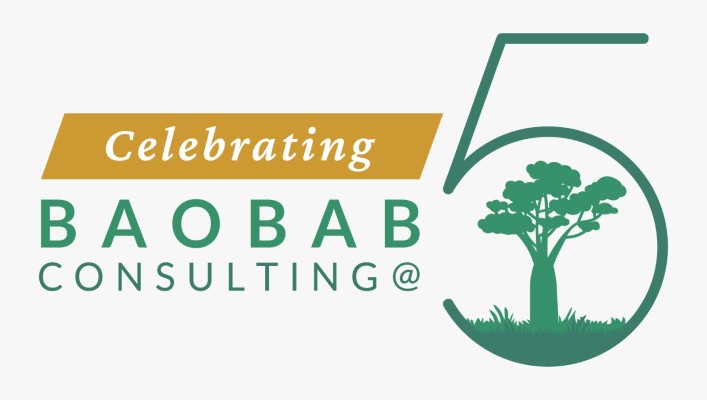
“Baobab @ 5” logo designed by Tony Muchai @madebymuchai
The dominant graphic is the number 5 with the Baobab tree emerging from its base, signifying growth. The sizable number 5 is a sign of confidence and exclamation of attaining 5 years in business. This is remarkable given that only 50% of businesses get to 5 years. The introduction of the Baobab mustard color to the logo adds to the festive mood and provides visual contrast to our primary Baobab green color.
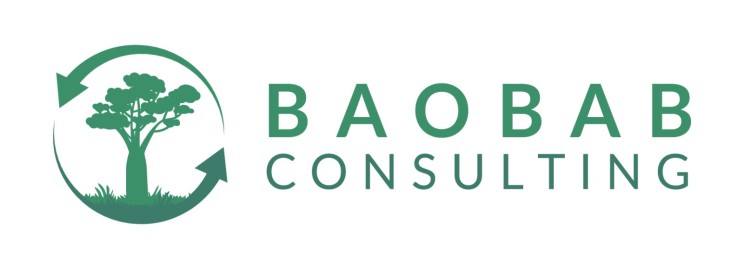
Baobab Consulting corporate logo
The Baobab @ 5 logo acknowledged our inception as a company and our progress to date. It rallied our team, clients, and partners to celebrate this significant achievement. When we posted content based on our 5 year anniversary on social media, we witnessed ten times more engagement compared to our regular posts.
2. Brand to inspire
Beyond their strong love for traversing the earth to find the best coffee and share it with the world, Starbucks believes in the Pursuit of Doing Good. In their own words, “Our purpose goes far beyond profit. We believe Starbucks can, and should, have a positive impact on the communities we serve.”
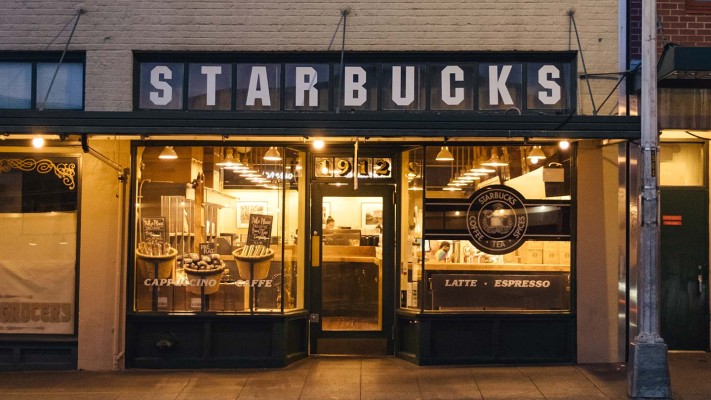
Starbucks opening store in Seattle’s historic Pike Place Market
However, in 2007 Schultz sent his CEO, Jim Donald a memo expressing his concern that the company had veered away from its true mandate. “Vision is about what could be and should be, but life is about right this minute” (Stanley 2007).
The way to keep your organization’s mission and vision alive is to keep repeating it. We are creatures of habit. I don’t know about you, but I still sing the alphabet song in my heart – sometimes out loud – to locate a letter in the alphabet sequence. This elementary method is proven; it works every single time. So when crafting your vision and mission, keep it simple because “people don’t remember or embrace paragraphs. They remember and embrace sentences.” In the words of Rafiki, The Lion King (1994) always, “remember who you are,” and what you stand for. Customers and employees both can identify with and stay loyal to shared missions. Mission alignment at all levels of your organization is vital for your success.
3. Communicate to empathize and show compassion
Your customers vote to keep you in business with each dollar they spend to purchase your products and services. Consumers today are more informed than at any point in history. With the rise in consumer awareness, it is paramount for brands to communicate with integrity and transparency.
Branding expert, Joe Mutuku observes that people buy from you because of the emotional response they have towards your brand. For example, let’s say your product is the most affordable on the market. Rather than celebrating your low price, celebrate your customers for being financially intelligent by choosing your product. Tell them they’re smart, not cheap. They will love themselves and love you for making them feel that way.
Kenyan company Twiga Foods successfully addresses the needs of its customers. Their Soko Yetu campaign video leverages brand storytelling to connect with their most important business partners: their suppliers. They win the hearts of the farmers they work with by sourcing produce directly from farmers, paying them promptly and conveniently via mobile money platforms, and offering competitive pricing that builds the farmers’ businesses. The farmers in turn promote Twiga’s services authentically.

Twiga Foods staff loading produce
By communicating to celebrate, inspire, and empathize, you position your brand to garner the attention of those you desire to serve. Branding like this will make you attractive to your stakeholders. The key to successful branding is leaving a lasting impression with positive associations. Decide today what actions you will take to assert your brand as the go-to for your customers.
Conclusion
Adults make 35,000 decisions per day. That’s one decision every 2-3 seconds. With the sheer volume of resolutions we have to make in a short period, it is no surprise that we evaluate what brands to use in 2 seconds. Frankly, there isn’t any additional mental capacity to justify spending more time to determine whether it’s a yes or no. Impressions count, and they’re happening on a conscious and subconscious level. It’s in your power to influence these decisions.
Let’s revisit our story about the two men entering a room. Only this time, the first person is wearing an oversized yellow suit, a crumpled white shirt with a green and black polka dot bow tie, and a red hairdo. The second man walks in with clean white sneakers, loose-fitted blue denim jeans, a black turtleneck, and round-rimmed glasses. One is a clown and the other is the greatest inventor of his generation. What changed from the first time? Our mental model. In this occasion, our mind recognizes that the person wearing a suit is a clown and the person with more laid back attire is Steve Jobs. People will be more drawn to the Apple founder and associate him with intelligence and innovation compared to the clown. Wearing a suit does not guarantee people will take you seriously, dressing casually doesn’t mean you can’t win people over. It is all about perception and context.
You have the ability to shift the narrative. Tell your story. How will you use the power of branding to build your business in 2022? Perhaps we can help.
About the Author
Tony Muchai (@madebymuchai) is a graduate of Parsons School of Design in New York City. He holds a BFA degree in Communication Design. He is currently the Branding and Growth Initiatives Manager at Baobab Consulting. Tony has garnered ten years of experience in the creative industry. He is keen on finding opportunities that would help both individuals and organizations build their brands in a manner that reflects and celebrates the spirit of excellence.
Sources
- Meggs, Philip B, and Alston W Purvis. 2006. Meggs’ History Of Graphic Design. New Jersey: John Wiley & Sons, Inc.
- Slade-Brooking, Catharine. 2016. Creating A Brand Identity: A Guide For Designers. London: Laurence King Publishing Ltd.
- Stanley, Andy. 2017. Making Vision Stick. Michigan: Zondervan.


